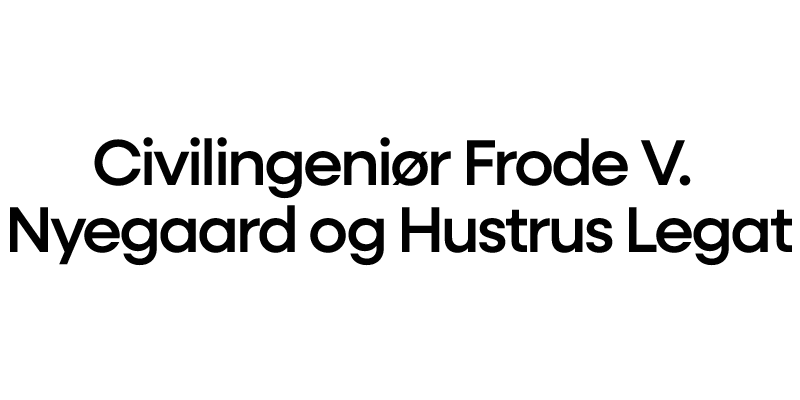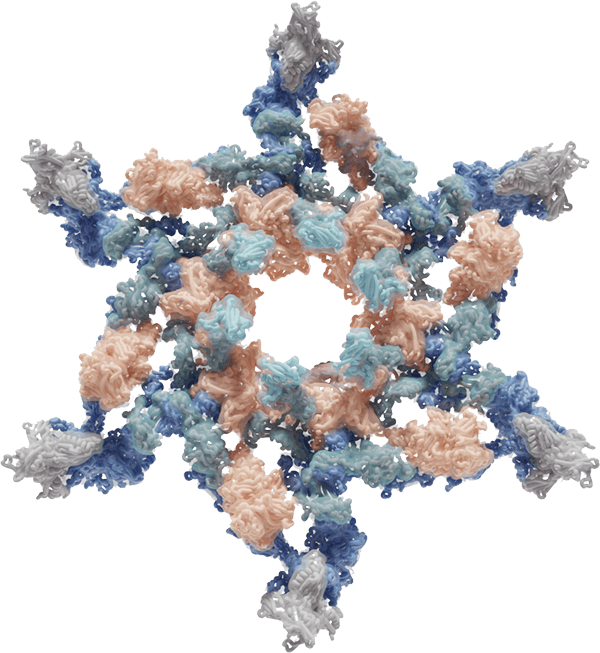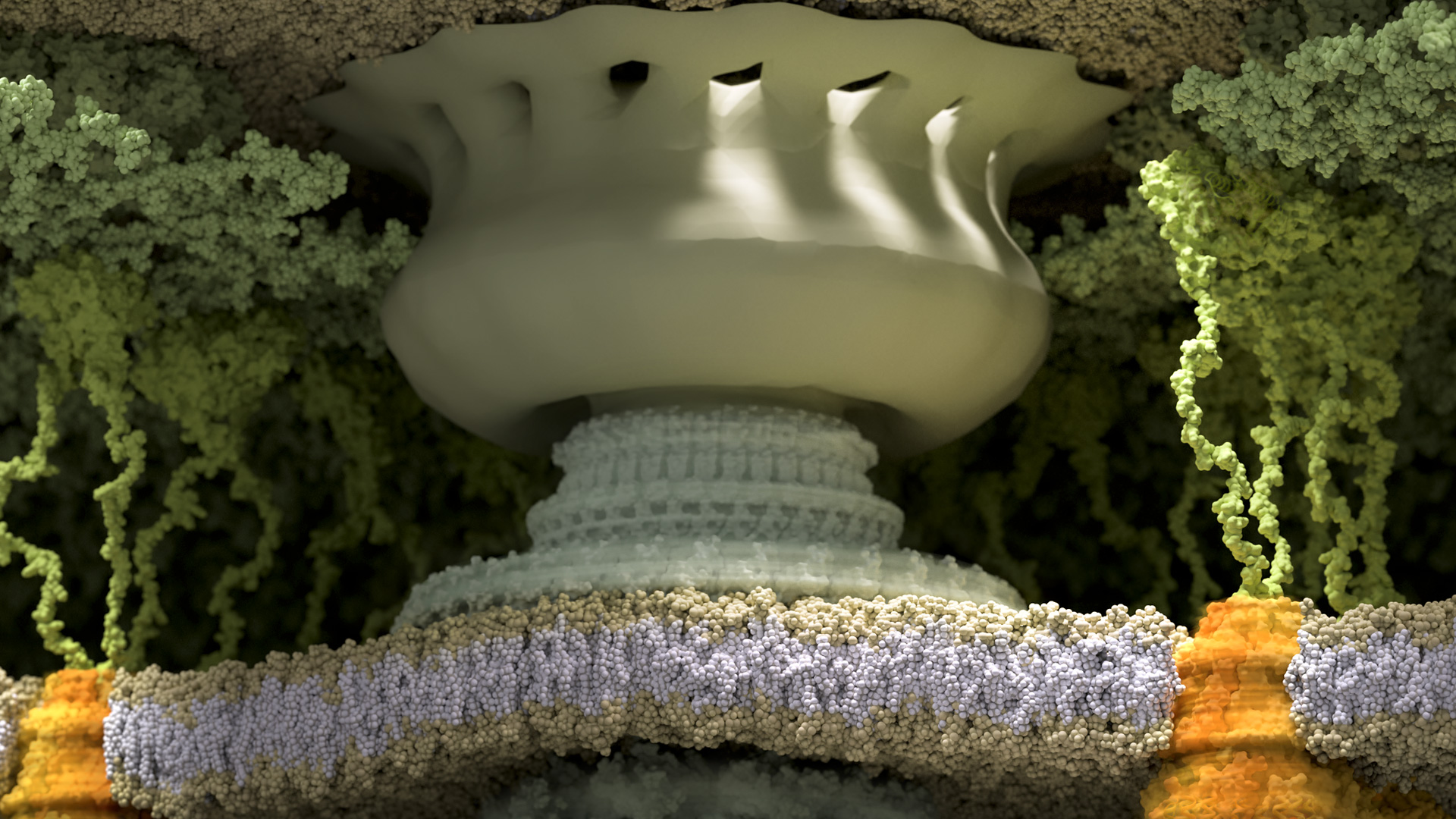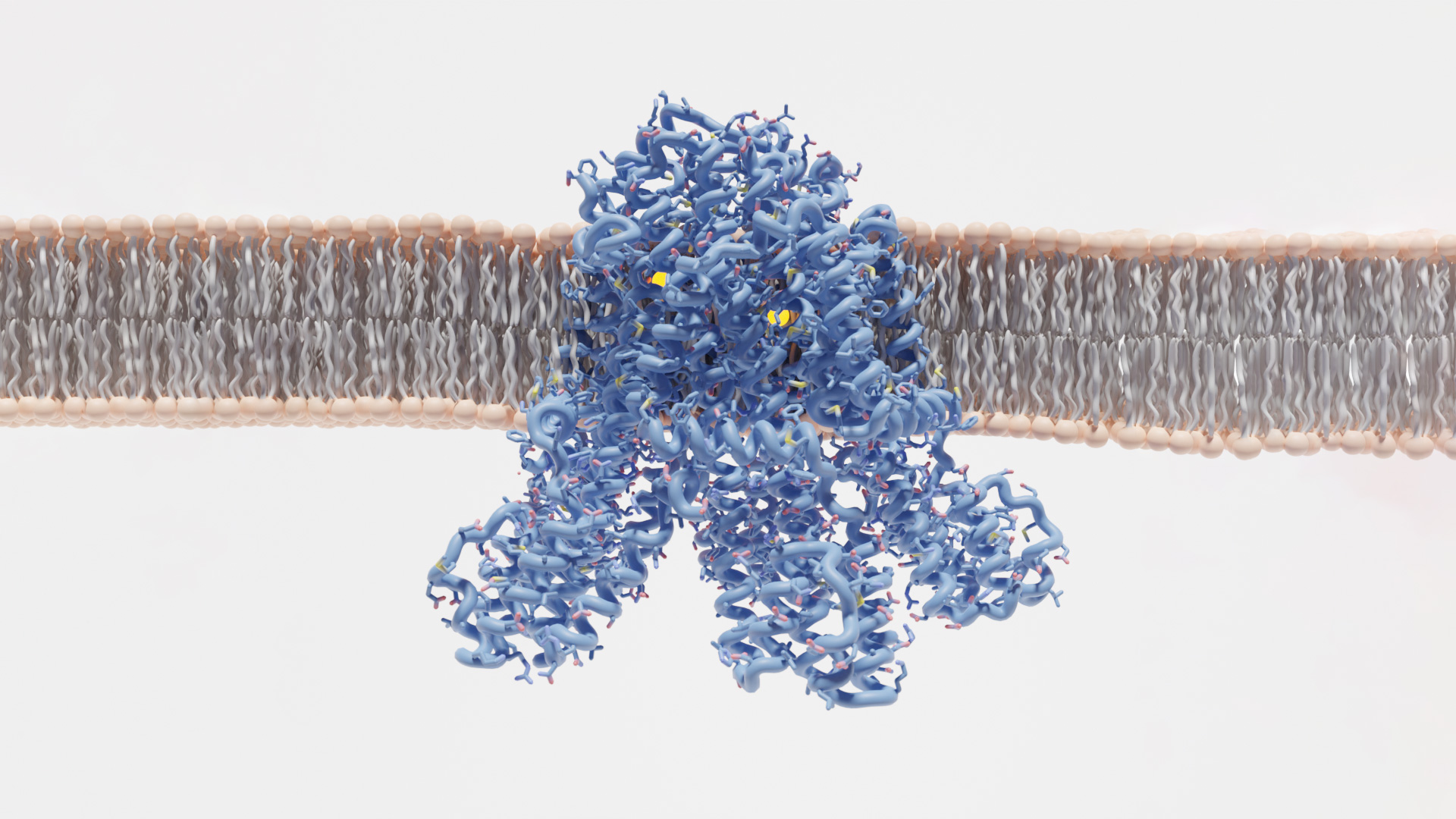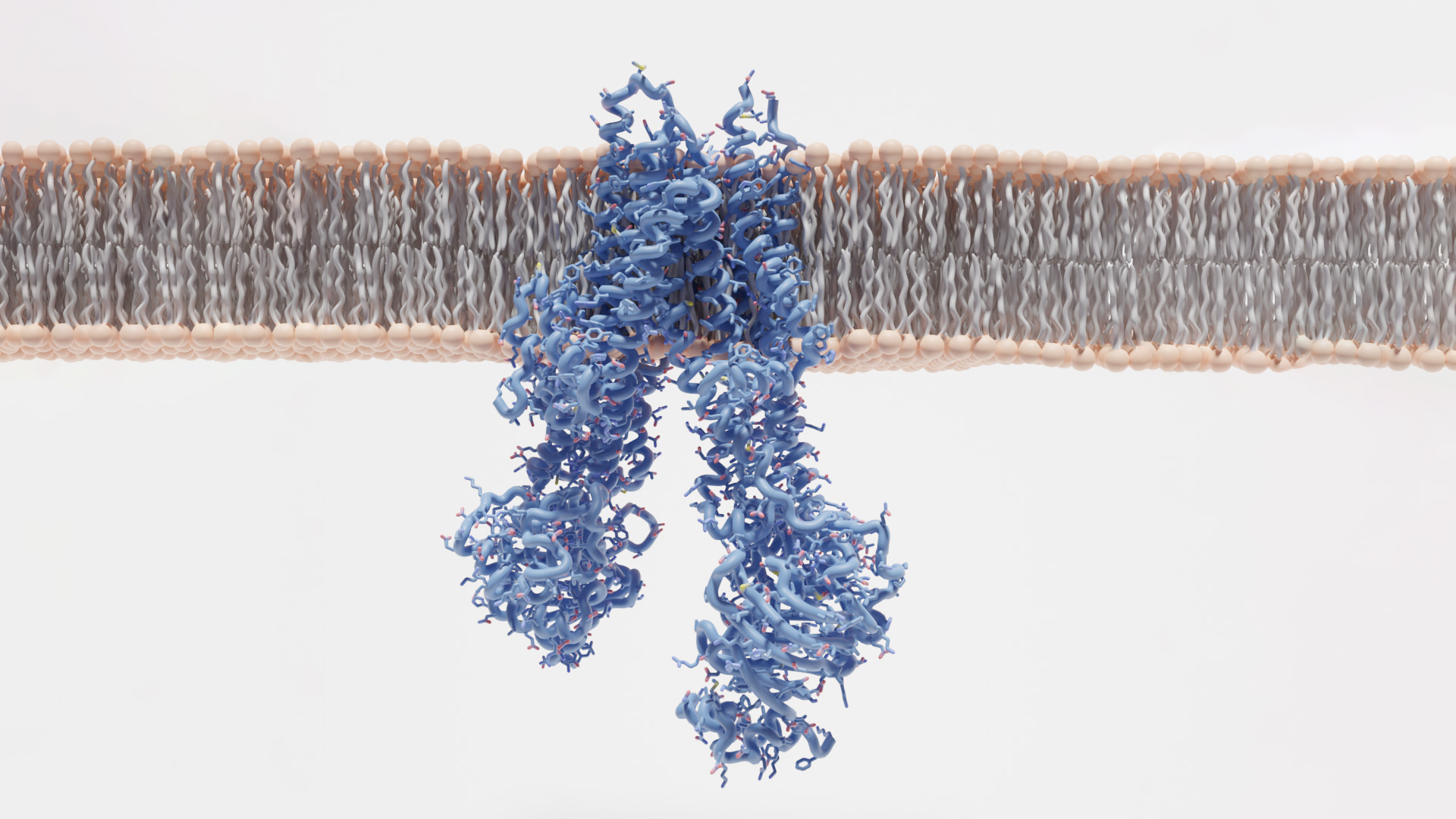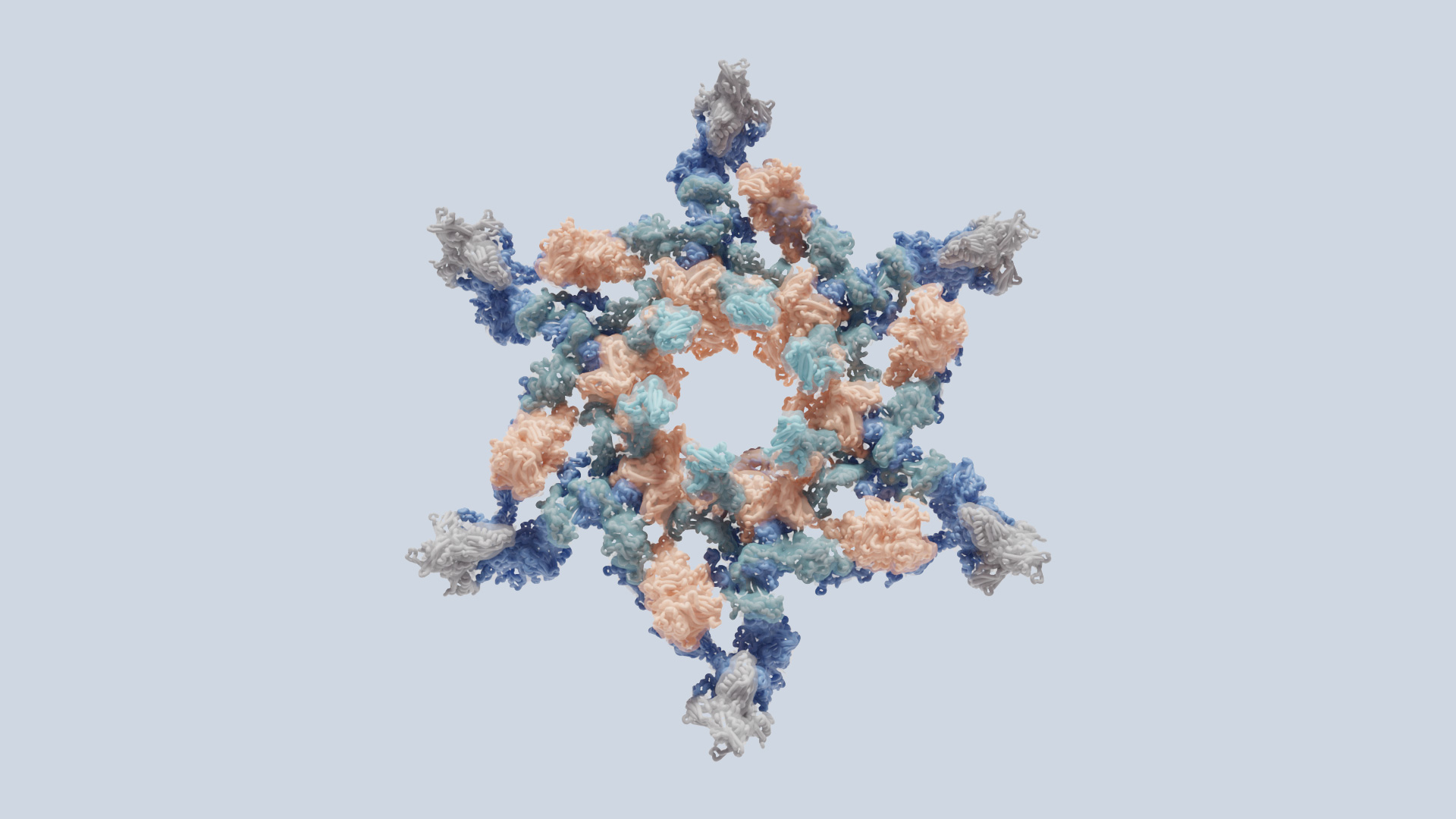PROJECT
Anti-bacteriophage defense systems
Bacteriophages can kill bacterial cells, and have been used as an alternative to antibiotic therapies to treat bacterial diseases in humans. Recently, it was discovered that, bacteria also have immune systems, to protect them against their viruses. These nti-bacteriophage defence systems are poorly understood. We study their structures, to understand them better.
PROJECT
Bacteriophages and contractile injection systems
Bacteriophages are the viruses of bacteria, and are the most abundant biological units on the planet. Our research is focused on elucidating the structural details of how bacteriophages, and other contractile injection systems, pierce cell membranes to deliver their payloads.
PROJECT
Bacterial flagellar motor
Many bacteria use the flagellum for locomotion and chemotaxis, whereas flagella are considered a virulence factor in many human pathogens. Its bidirectional rotation is driven by a membrane-embedded motor, we study the structure and function of the bacterial flagellar motor.
News
Our latest paper reveals the structure of Vibrio sodium-dependent stator units (PomAB). The electrostatic potential map uncovers sodium binding sites, which together with functional experiments and molecular dynamics simulations, reveal a mechanism for ion translocation and selectivity.
June 10, 2024
Very excited to release our Zorya anti-phage defence system preprint
Zorya has a rotary molecular motor with a 700 Å (!) tail
Meet the Taylor Lab
Taylor Lab is supported by:










